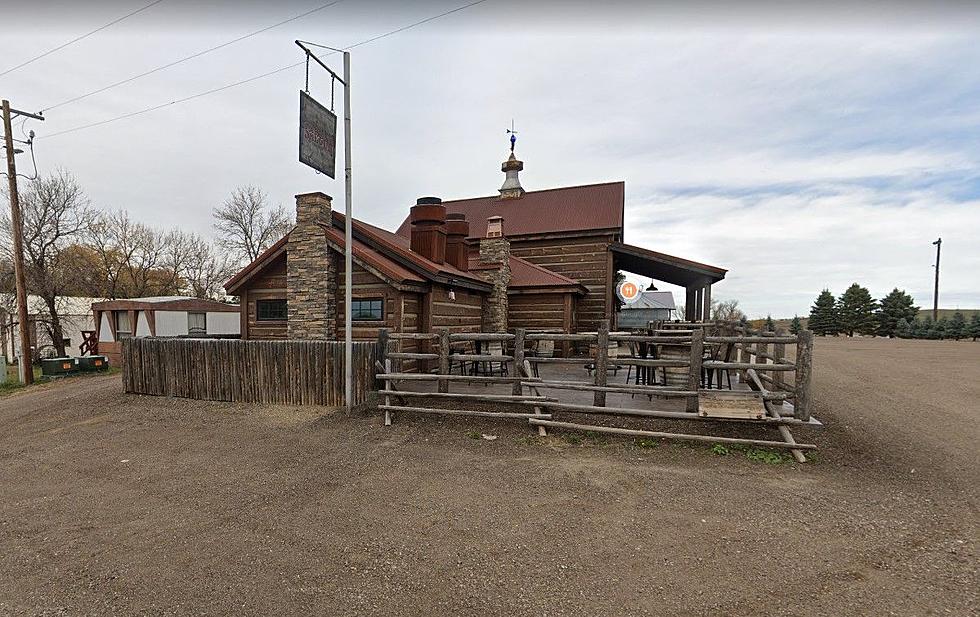
Special Weather Statement For North Dakota Issued: Ice Ice Baby
The National Weather Service has issued a "Special Weather Statement" for much of North Dakota.
The Special Weather Statement is in effect for all of our listening areas, including the Bismarck, Mandan, and Lincoln areas. Ice could be a problem in our area, and especially along the I-94 corridor.
Here's the timeline for potential travel problems due to icy conditions.
Light freezing rain is possible tonight and tomorrow morning and again Saturday night and Sunday morning. The 2nd round of "ice" looks like a higher potential at this time. The chance of freezing rain will decrease during the day on Saturday as temperatures rise above freezing.
The same areas are expected to be impacted by freezing rain Saturday evening through early Sunday morning before it turns over to snow in the Bismarck Mandan area.
You can expect ice accumulations to remain under one-tenth of an inch, but it only takes a light glaze to make for very slippery conditions on highways, especially in open country.
Winter Storm Watches have been posted for our counties in north central and northwest North Dakota.
This includes the cities of Minot, Stanley, Crosby, and Williston. This Winter Storm Watch is in effect from Saturday evening through Sunday afternoon. It will start out as freezing rain before turning over to all snow. There's an over 50% chance for snow accumulations exceeding 6 inches. There will also be a lot of wind associated with this system with gusts over 40 miles per hour.
I would expect this Winter Storm Watch box to grow as we get into Saturday and upgraded to Winter Storm Warnings or possibly Blizzard Warnings.
Before traveling this weekend, please make sure you monitor the conditions and we will continue to keep you updated right here.
LOOK: The most expensive weather and climate disasters in recent decades
Gallery Credit: KATELYN LEBOFF
The 10 Most Dangerous Cities In North Dakota For 2024!
More From US 103-3









